The encounter is poised to be far more than a photo op.
The encounter is poised to be far more than a photo op.
By Yıldıran Acar, Political Scientist
The meeting between Trump and Putin in Alaska on August 15 is much more than a diplomatic moment captured in a photograph. It comes at the heart of a time when power dynamics are being reshaped, alliances are being tested, and energy and transportation routes are being reintroduced to the global market. Washington and Moscow’s decision to meet directly, without intermediaries, sends a powerful message that challenges traditional diplomatic norms: “Some calculations are best made face to face.”
August 15: A Symbolic Date
The choice of the date is no coincidence. August 15 is known as the “Assumption of Mary” in both the Orthodox and Catholic worlds. According to Christian belief, the Virgin Mary was taken bodily and spiritually into heaven after her death. This feast, passed down from the Byzantine Orthodox tradition to the Catholic world, is celebrated as an official holiday in many countries with religious rituals.
Putin’s Orthodox identity and the strong influence of the church in Russia, along with Trump’s awareness of the resonance of this date within the Catholic and Evangelical communities, transform this date into not only a diplomatic but also a symbolic move.
Why Alaska?
Alaska, sold by Russia to the United States in 1867 for $7.2 million, is still considered a “lost territory” in Russia’s cultural memory. The roots of the Orthodox Church, traces of Russian-American settlers, and the fact that the local population spoke Russian until the mid-20th century all contribute to making Alaska not just a “lost land” but a symbol of a historic claim for Moscow.
Strategically, Alaska is the land that brought the United States into the Arctic countries’ league. Situated just 3.5 kilometers from Russia across the Bering Strait, it serves as a natural “diplomatic bridge.” It also limits third-party involvement in the region. In terms of security, Alaska is one of the most isolated and easily controllable regions for the United States.
Alaska’s Energy and Resource Power
Alaska’s strategic importance is not limited to its geographic location; its rich natural resources make it a critical player in global energy markets.
• 12% of the world’s coal reserves are located here.
• 3% of global zinc reserves are found in Alaska.
• 1.5% of the world’s silver is in this region.
• 3.5% of the world’s gold reserves are in Alaska.
The most critical factor is oil and natural gas: approximately 80% of the state’s budget comes from these industries. This makes Alaska a key pillar in U.S. energy security and provides significant bargaining power in global energy markets. When combined with Russia’s Arctic energy projects, the two nations share common interests in price stability, the development of new reserves, and logistical cooperation.
The Arctic Power Struggle Under the Shadow of Ukraine
The Arctic is emerging as the 21st century’s new arena of competition. According to the U.S. Geological Survey, the region still holds undiscovered reserves of 90 billion barrels of oil and 1.6 trillion cubic meters of natural gas. Melting glaciers due to climate change are opening up new shipping routes, altering trade and military logistics in significant ways.
The war in Ukraine has further complicated this equation. Western nations have adopted a strategy of diplomatically isolating Russia to limit its influence in the Arctic. Moscow’s withdrawal from the Barents Euro-Arctic Council in 2023 is a tangible sign of this tension. The upcoming meeting in Alaska could be an attempt by the two major players to reshape the region after this diplomatic rupture.
Zangezur Corridor and the Arctic: Two Different Fronts, One Strategic Logic
Although geographically distinct, the Arctic and the Zangezur Corridor share the same strategic logic: the control of energy and trade routes. The Arctic, with its melting glaciers, is opening up new shipping lanes, while the Zangezur Corridor is set to reshape energy and transport networks in the South Caucasus. Both regions exemplify the principle that “whoever controls it, controls the game.” Trump’s pursuit of influence in Zangezur and his request to collaborate with Russia in the Arctic represent the same strategic move on different chessboards.
Trump and Putin: The Calculations of Two Leaders
For Putin, the Arctic represents a key component of Russia’s strategic depth. Control over energy resources and emerging trade routes is crucial for ensuring long-term national security. Additionally, Putin aims to solidify his gains in Ukraine and mitigate the impact of Western sanctions through energy partnerships.
As for Trump, this summit provides an opportunity to increase U.S. influence in the Arctic, secure an upper hand against China, capitalize on economic opportunities in energy, and bolster his political prestige through direct “leader diplomacy.”
Both leaders are expected to leave Ukraine off the agenda and focus their energies on Arctic cooperation and energy corridors.
Biden-Trump Diplomatic Differences and Cracks in the Collective West
The Biden administration prioritizes multilateral diplomacy in coordination with NATO and the EU, while Trump’s approach focuses on bilateral agreements, quick negotiations, and “win-win” projects. This contrast is clearly felt in direct leader meetings like the one in Alaska. Under Biden, EU-centered diplomacy on Ukraine has prevailed, but under Trump, power balances might be reshaped through bilateral negotiations. This difference is leading to cracks within the Western alliance, especially regarding energy security and Russia policy.
The Absence of Key Players and Potential Risks
The absence of Ukraine and the EU in the Alaska talks may expedite negotiations in the short term, but in the long term, it could create legitimacy issues. History has shown that actors excluded from agreements often have the capacity to sabotage them.
Conclusion
The chess moves to be made in Alaska on August 15 are poised to impact not only the two leaders involved but also the global power map of the 21st century. With the symbolic weight of the chosen date and the geopolitical calculations at play, the Alaska summit is set to be much more than a diplomatic photo op.


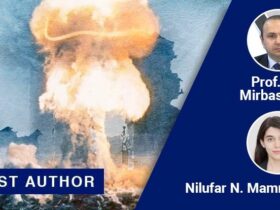
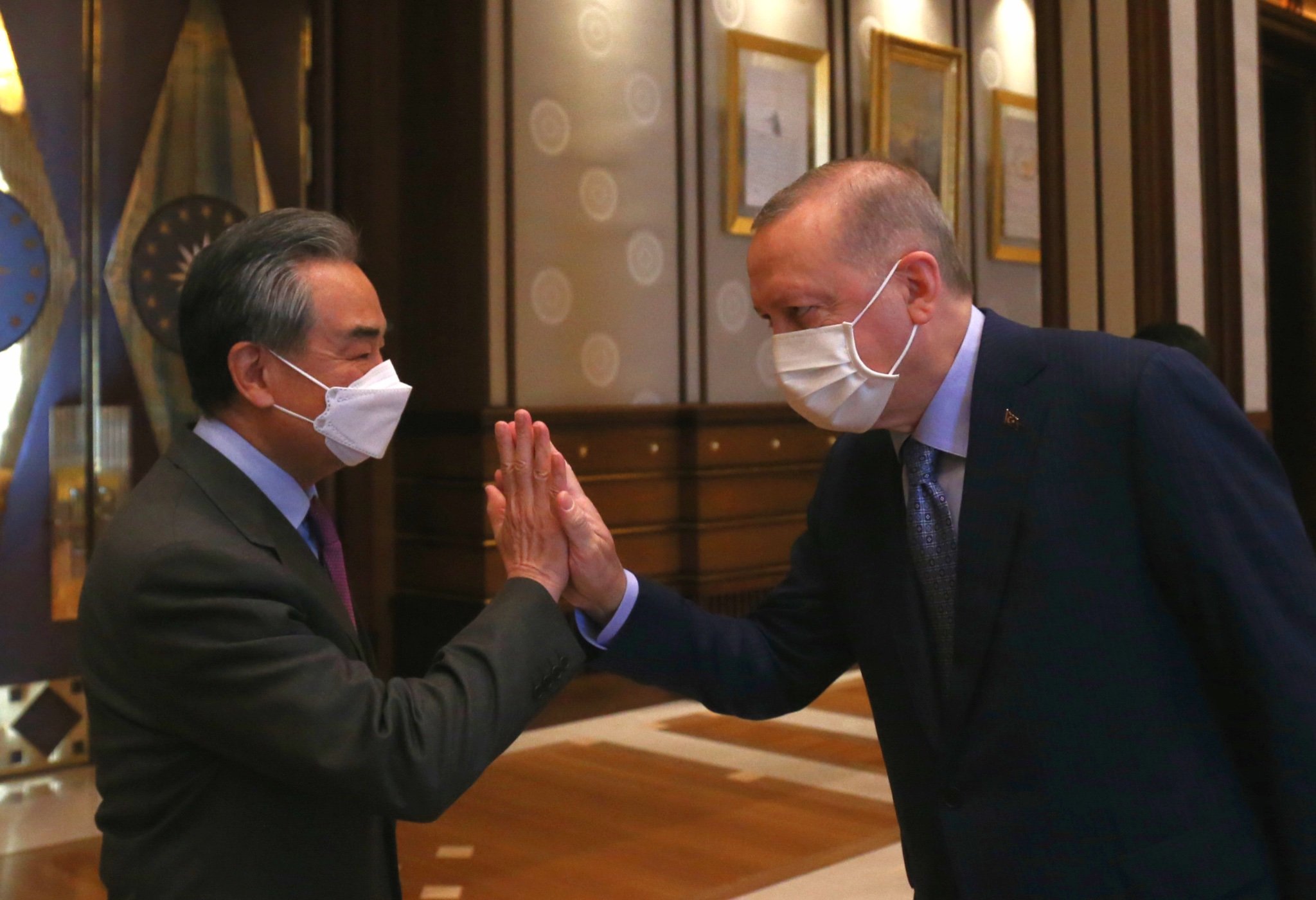
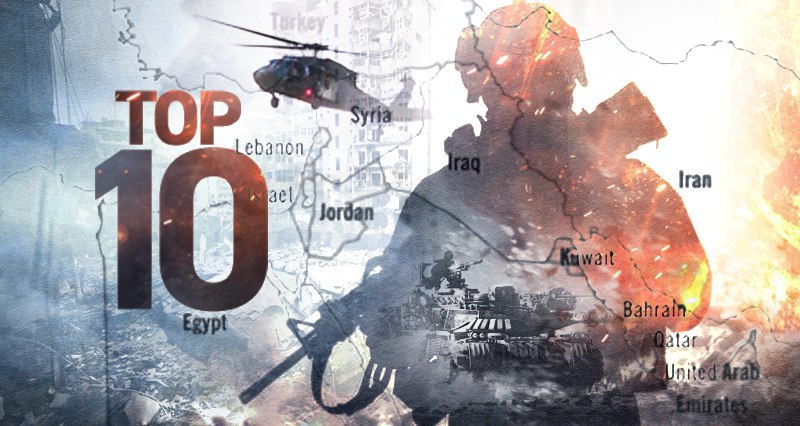





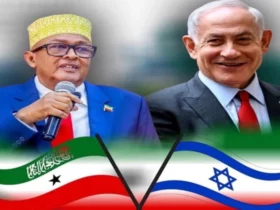
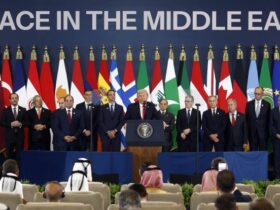

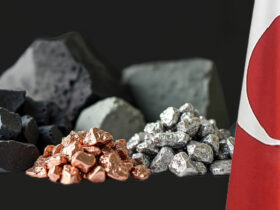
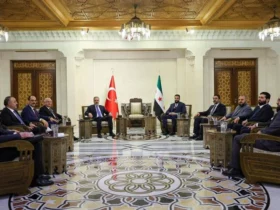

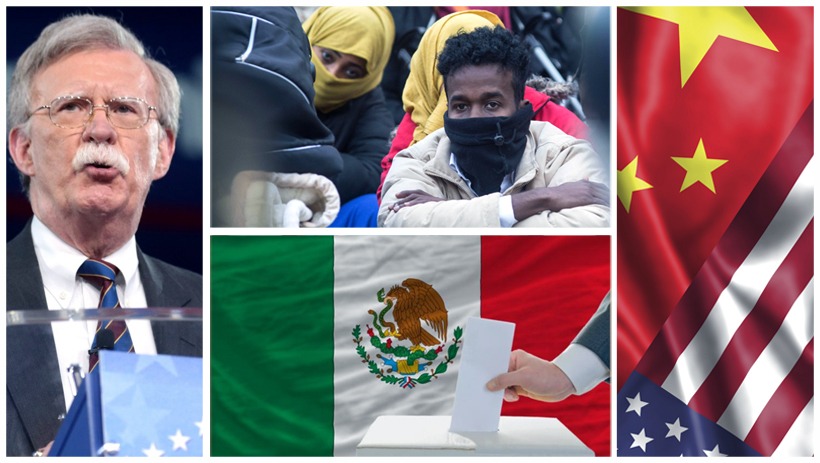
Leave a Reply